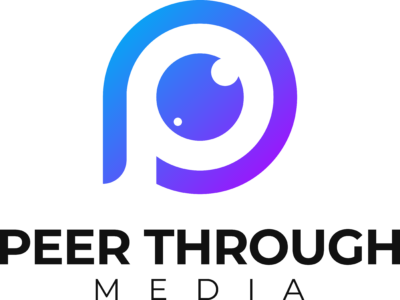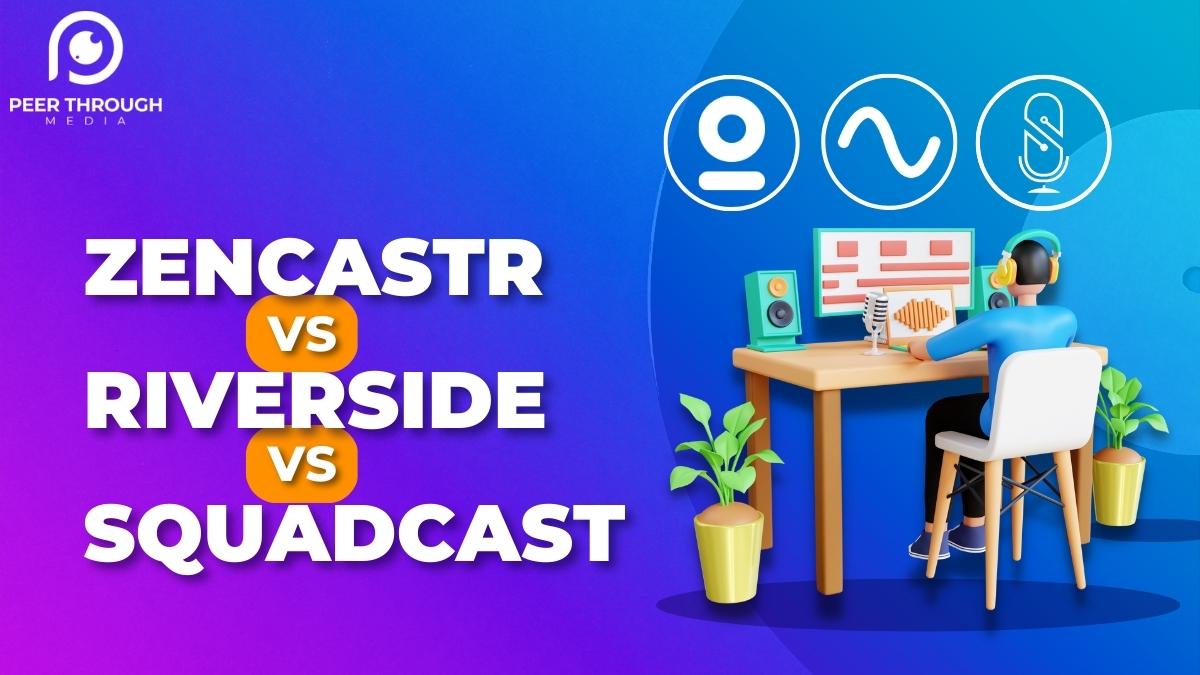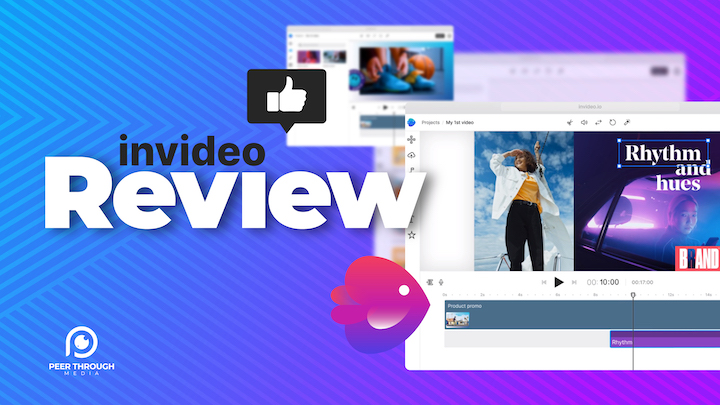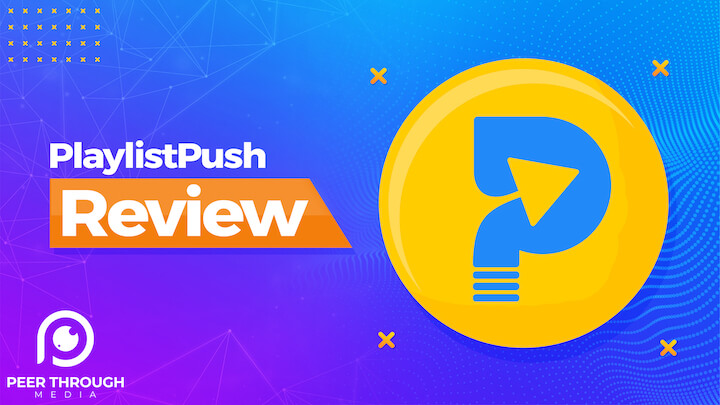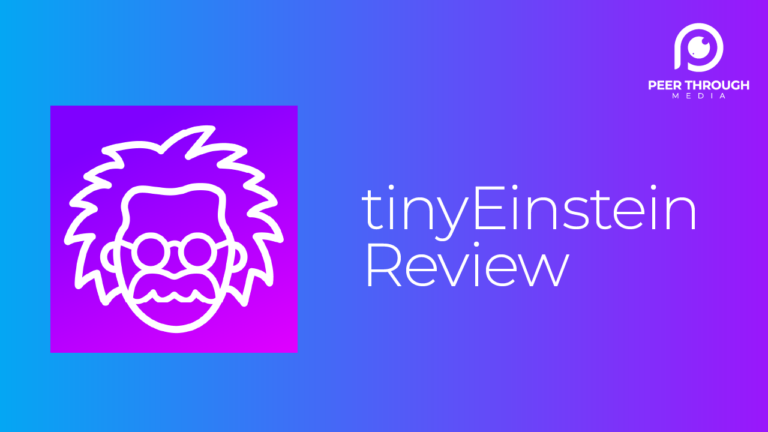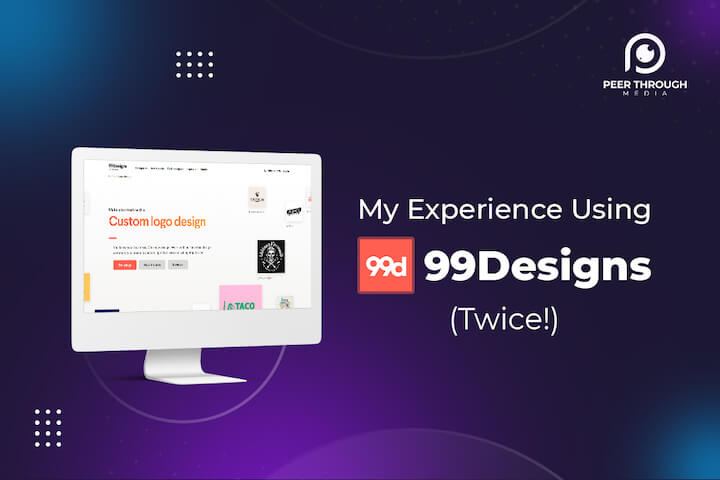Zencastr vs Riverside vs Squadcast: Best Podcast Software for Interview Recording
As humans, we tend to incline towards the familiar. Why venture into unfamiliar territory when we have something that works fairly well? This is why many beginners choose Zoom for podcast interview recording instead of software that was actually designed to serve that purpose.
Zencastr vs Riverside vs Squadcast: Podcast Software Comparison
| Podcast Tool | A/V Recording Quality | Interviewing & Transcribing | Editing tools | UX and Compatibility | Customer Support | Pricing |
| Zencastr | 4/5 | 4/5 | 4/5 | 3/5 | 3/5 | Check Price |
| Riverside | 5/5 | 4/5 | 5/5 | 5/5 | 4/5 | Check Price |
| Squadcast | 4/5 | 3/5 | 3/5 | 4/5 | 3/5 | Check Price |
Luckily for professionals, there are softwares designed specifically for the purpose of recording podcasts. Zencastr, Riverside, and Squadcast are among the best podcast recording softwares of 2022. Unlike Zoom, which depends on a live connection for recording remotely, these platforms also allow each participant to record locally on their devices. Moreover, as these platforms are purpose-built for professional podcast recording, they offer better audio/video quality, easier podcast distribution, and some great editing options.
Zencastr
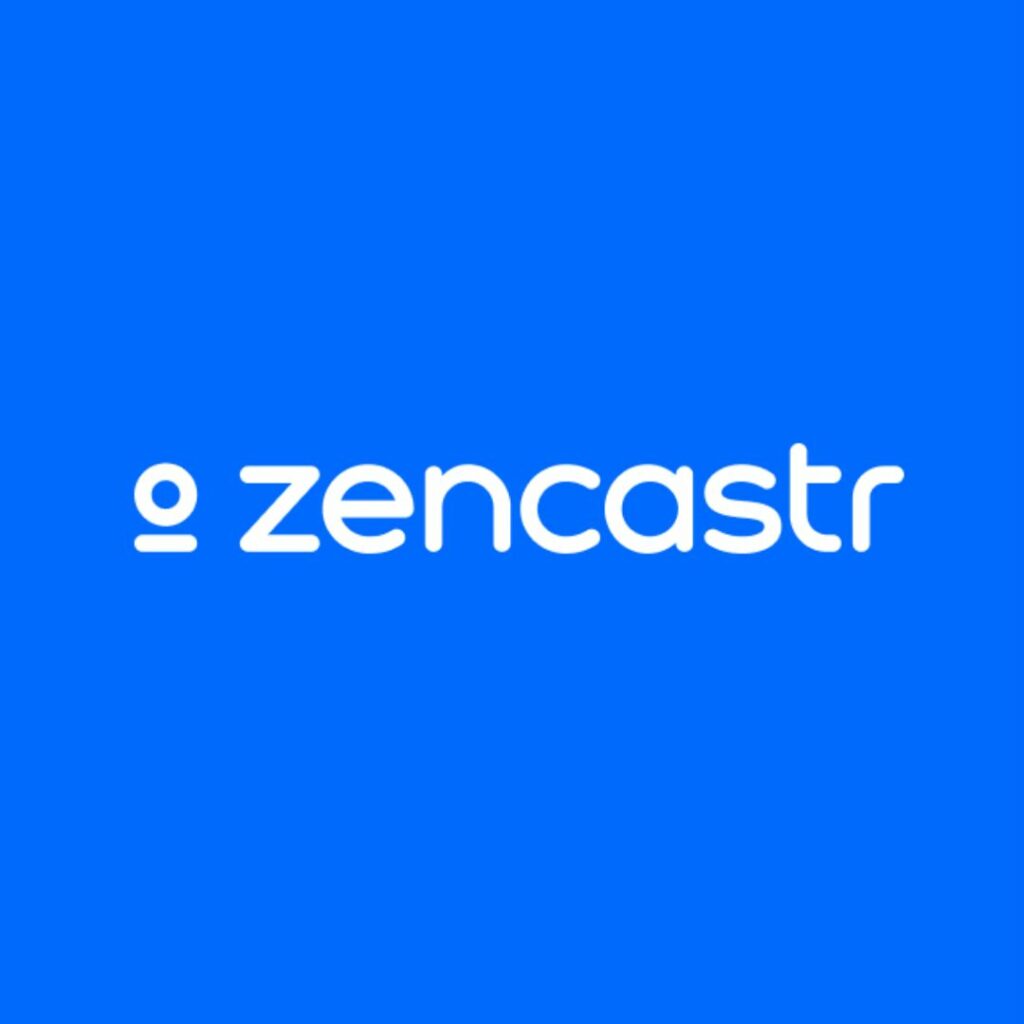
Zencastr offers built-in automatic postproduction mixing, which makes your job easier by combining and enhancing the separate audio (and video) tracks. The cherry on top is, Zencastr’s user interface is fairly simple and makes the guest onboarding process a breeze.
Our Pick
Riverside

Riverside FM has an edge as it is not only a bit more intuitive, but it can also be used on a phone. Riverside FM has Android and iOS apps, ensuring more freedom and convenience for their podcast producers and guests.
SquadCast

Squadcast has a reliable and user-friendly design. With the first-time walkthrough, it is very easy to get started on Squadcast. The green room feature is Squadcast’s unique selling point and is a great way to make sure that everyone feels ready when the podcast starts.
I have tried my best to give you an in-depth and honest review of the top podcast recording software of 2023, namely Zencastr, Riverside, and Squadcast. Read on to learn more about these platforms and see which one of these might be the best fit for you.
Why Zoom or Google Meets Isn’t a Pro Podcast Option
Zoom is familiar territory, the easy way, but that does not make it your best option for starting a podcast. You’ve likely used Zoom to attend an online class or business meeting during the pandemic or to simply hang out with your friends and family. And that is exactly what Zoom was created for: virtual conferencing, not professional recordings.
- Even though Zoom does have a recording feature, it relies on good internet access for smooth recording at different locations. A glitchy internet connection can ruin things for you.
- Besides the increased A/V quality, another thing these pro podcast recording softwares do is record the audio and video locally on each participant’s computer. That way, if there is a glitch in the internet connection, it will not make it into the final uploaded recording.
- Moreover, as Zoom is primarily a virtual conferencing software and not a recording software, it favours speed over audio and video quality. To ensure uninterrupted virtual conferencing Zoom compresses the audio for ease of transfer by removing what it deems unnecessary. This results in a lower-quality audio file, which is the last thing professional podcasters would want.
Is Riverside FM good for podcasting? Pros and Cons
Speaking of better options, Riverside FM (based on my experience) is definitely one of them. One of the things that give Riverside FM an edge is that it can be used on a phone. Riverside FM has both an Android and an iOS app which ensure more freedom and convenience for their own podcast producers as well as their guests.
If we do a Zencastr vs Riverside comparison, Riverside is a winner when it comes to the quality of videos as it allows recording up to the resolution of 4k as opposed to Zencastr’s video recording, which only gets as good as 1080p HD. However, it is important to note that you can only record up to 4k resolution if you are on one of the paid plans.
Another Riverside feature that I personally find very useful clips. Riverside lets you create short, shareable clips of your podcast that you can instantly put on your social media to capture the attention of your followers and drive more traffic to your podcast. While we are counting the pros, Riverside’s screen-share feature and option to live stream and live calls (video) from viewers are worth a mention. All these features in one platform help make your podcast episodes more interactive and engaging, which is a great way to keep your audience’s attention.
As for the downsides, there is nothing significant enough to make Riverside a bad choice. However, there is certainly room for improvement. Although Riverside offers editing features when you are using it on a computer, you cannot access these features when using the mobile app. Also, the progressive upload of video and audio files (although a great feature) can get tricky at times when the guest’s internet is slow.
Overall, Riverside is a great podcast software for interview recording with excellent audio and video quality and additional features that enhance the podcasting experience for the creator, the guests, and the audience.
Is Zencastr any good? Pros and Cons
Good things first, Zencastr is a podcasting software that provides you with excellent sound quality, which is something you cannot hope to achieve with Zoom. Using its paid plans, which start at $20/month, you can get unlimited 16-bit 48k WAV recordings thus ensuring studio-quality sound. Another great feature that Zencastr offers is its built-in automatic postproduction mixing which makes your job easier by combining and enhancing the separate audio (and video) tracks. The cherry on top is, Zencastr’s user interface is fairly simple and makes the guest onboarding process a breeze.
The bad news, however, is that most of the features that make Zencastr a good choice, like studio-quality sound and post-production mixing, do not come for free. Using the free plans, you only get MP3 recordings and not WAV files. Also, to overcome audio syncing issues, you get the ability to sync your recordings with Google Drive/Dropbox if you have a paid plan.
You can sometimes experience the problem of audio drift with Zencastr. This happens when the separate audio tracks recorded are not of the same length, and it can be a real nuisance when it comes to editing. Even though Zencastr is web-based and can be used from any place where there is internet access, you cannot use it from your phone. Having access to a computer is an essential requirement.
If you are looking for an easy-to-use podcasting software that can provide you studio quality sound and take care of the post-production mixing for you, and you don’t mind paying some extra bucks for it, Zencastr can be a good choice for you. However, if you are looking for something even better, there ARE other options in the market.
Is SquadCast Worth it? Pros and Cons
Last, but not least, among the top podcast recording software of 2022 is Squadcast. The best feature of Squadcast is its reliability and user-friendly design. With the first-time walkthrough, it is very easy to get started on Squadcast. The green room feature is Squadcast’s unique selling point and is a great way to make sure that everyone feels ready when the podcast starts.
The green room is kind of like a waiting room where you can check in before you actually start recording the podcast and chat with other participants who have arrived early and develop a level of comfort before the podcast actually starts. You can also use the green room to check your microphone settings and see how you’d look on camera, and make any adjustments before the podcast starts.
When it comes to Squadcast vs Riverside, Squadcast is a bit on the expensive side and has no free plan, which is bad news for beginners. Unlike Riverside, Squadcast does not offer any interactive features to engage the viewers. In other words, it doesn’t offer live stream capabilities and thus there is also no way in which viewers can ask live questions. Squadcast also doesn’t have a feature to share screens.
Another downside to Squadcast is that it doesn’t have a mobile app. Overall, Squadcast is a good choice for podcast software. If you are not interested in features like live streaming, Squadcast is likely to serve you well.
A/V Recording Quality
All three of the tools record upto 48kHz audio quality (WAV recordings) starting from their basic plan. Riverside allows 44.1kHz audio quality even in its free plan, which you can choose to download in WAV or mp3 format. Squadcast, on the other hand only allows mp3 recording (128kbps) in its free plan.
As for the quality of the video, only Riverside allows you to record videos in 4k resolution. Squadcast and Zencastr only get as good as 1080p. However, it is important to note that you will have to buy one of Riverside’s paid plans to record video in 4k resolution, as the free plan only allows you to record up to 720p.
Comparing Riverside vs Squadcast vs Zencastr in terms of both audio and video quality, Riverside is clearly the winner as it provides the highest quality audio as well as the highest resolution video.
Interviewing & Transcribing
When it comes to interviewing Riverside allows up to 8 participants, Zencastr allows up to 12 participants, and Squadcast allows up to 10 participants. An important feature offered by all the tools is the ability to assign roles to team members that are not a host or a guest in the remote podcasts but can coordinate with the participants through chat to give any necessary directions or cues for the smooth running of the remote interviews.
Zencastr allows 3 team members in its growth plan, which costs $49/month, Squadcast allows 2 team member seats and 3 backstage participants in its Indie plan ($20/month), and Riverside offers custom seat packages in its Teams plan, depending on your needs. As for transcribing tools, both Riverside and Zencastr provide automatic transcription services for your podcast. However, Squadcast lags behind in this area.
When it comes to interviewing and transcribing, it is a tie between Zencastr and Riverside. However, comparing all the features like screen-sharing and live streaming, I am inclined to lean toward Riverside.
Editing tools
Riverside and Zencastr have built-in editors to handle post-production mixing and give you a podcast that is ready to post. Using Riverside’s magic editor, you can mix the audio tracks, remove the noise, and normalize the volume. You can also use the video editing options to choose different layouts for the video content, choose your desired aspect ratio, add your logo, and trim the video to create promotional clips. The editor is pretty simple to use and can save you a lot of post-production time.
Zencastr has a live soundboard that lets you add intro, sound enhancements, and ads while recording the podcast’s audio. Moreover, it also has a paid post-production editing service that automatically converts and mixes the different recorded tracks and gives you a ready-to-publish file combining all tracks.
Squadcast does not have an editor of its own, but you can integrate with software like Descript and use it to edit your podcast. If you are an expert editor, you can choose to download the raw files and edit them in software like Adobe Premiere or Final Cut Pro. However, this can be time-consuming.
Also Read: Adobe Podcast Beta Review
Given the ease of use and the ability to create promotional clips, I’ll have to say Riverside is also the winner in this category.
UX and Compatibility
When it comes to UX, it is hard to choose one over the other as all three podcast recording platforms use a simple and clean design, making the getting started process pretty easy. You can invite guests quickly, as the onboarding process is also very simple on all three platforms. The waiting room in Riverside and the green room in Squadcast are nice to give participants time to be ready for the podcast.
Of the three platforms, Riverside is the only one with a mobile app that can be used as your podcast recording interface on the go. Zencastr can only be accessed through a computer. Squadcast can be accessed through mobile (using a browser) as well as a computer but it does not have a mobile app. Also, this is only true for Android devices; iPhone and iPad are currently in beta versions. Hence, the winner of this category seems to be Riverside.
Pricing & Customer Support
All three platforms have a support center with a knowledge base that covers different topics through articles. There is also a FAQ section for commonly encountered issues on the respective websites of all three platforms. When it comes to live chat support, both Zencastr and Riverside offer live chat support even with their free plan. Squadcast offers email support and only responds on working days between 9 am and 5 pm PST.
When I used Riverside’s and contacted support service, someone from their team responded immediately and helped me with my problem. Zencastr, however, put me on a waiting list to reach back to later via email.
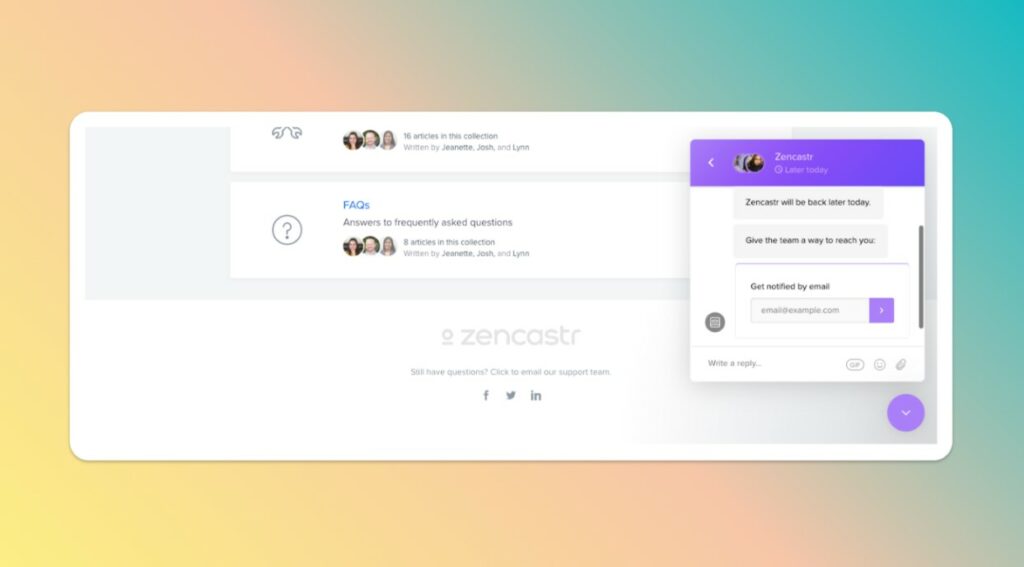
Zencastr only offers priority support in a higher tier paid plan starting from $49/month, and Riverside also offers priority support in its custom plan for teams.
Unfortunately, Squadcast does not offer free plans for beginners or new users but offers a free trial period for its paid plans. The paid plans of Squadcast start at $20/month and allow 5 hours of audio recording per month. This can be a good option for the occasional podcaster but it is definitely not enough for someone who creates content in high volume. The Pro plan is for $40/month, and the Studio plan is for $80/month which includes hd video recording for 12 and 25 hours per month, respectively. The Enterprise plan is more flexible and comes with custom pricing.
Zencastr has a free forever version that allows unlimited audio and video recordings, thus giving you a lot of freedom. To record high quality podcasts and gain access to additional features like unlimited automatic transcriptions, you can upgrade to the paid plans of Zencastr, which are available at $20/month (Growth plan) and $49/month (Professional plan). Just like Squadcast, Zencastr also offers an Enterprise plan with custom pricing.
Among the three podcast recording platforms, Riverside is the cheapest. It offers free plans with unlimited single-track recording and editing. The Standard and Pro plan costs $19 per month and $29 per month, respectively. Although you get unlimited single audio and video track recording with all these plans, there is a limit on the recording time for separate tracks. The free plan offers only two hours of separate audio and video track recording per month, and the Standard and Pro plan offers 5 and 15 hours of the same, respectively. Having separate tracks can make a great difference in post-production, and if 15 hours of recording time per month is not enough for you, you will have to upgrade to the Teams plan which comes with custom pricing.
It is hard to give a verdict on which software is better in terms of pricing, as Zencastr offers unlimited separate track recordings even in its free plans, but Riverside offers additional features in its paid plans and better quality. At the end of the day, the decision comes down to what your preference is at the moment.
Final Verdict: Which Is The Best Zoom Alternative?
After a thorough analysis of all three platforms, I’d say Riverside is the best alternative to Zoom overall. Although Squadcast and Zencastr have their own points of attraction, Riverside gives us a good blend of the tools we look for in good podcast software. From A/V quality and affordability to features like screen-share, live streaming, and live calls, Riverside is the complete package.
Zencastr vs Riverside vs Squadcast FAQs
The things to look for in podcast editing software are A/V quality, ease of use, reliability, pricing, local recording, and any cool feature that will make your podcast stand out from the rest.
Riverside is better than Zencastr in terms of better video quality and more dynamic features, but unlike Zencastr, Riverside does not provide unlimited separate track recordings in its free plan.
Zencastr is better in terms of affordability, but Squadcast is a more feature-rich option. Which software will serve you better really depends on your needs and preferences at any given time.
When it comes to podcast recording and editing, Riverside FM is definitely better than Zoom, as you end up with much better studio quality audio and video. The double-ender recordings offered by Riverside protect you against problems in remote recording due to a bad internet connection, like lost recordings or dropped connections.
Riverside is used by individual creators, professional creators, as well as small businesses and big industries. Riverside is trusted by companies like Marvel, Spotify, The New York Times, The Economist, TED, and Business Insider.
